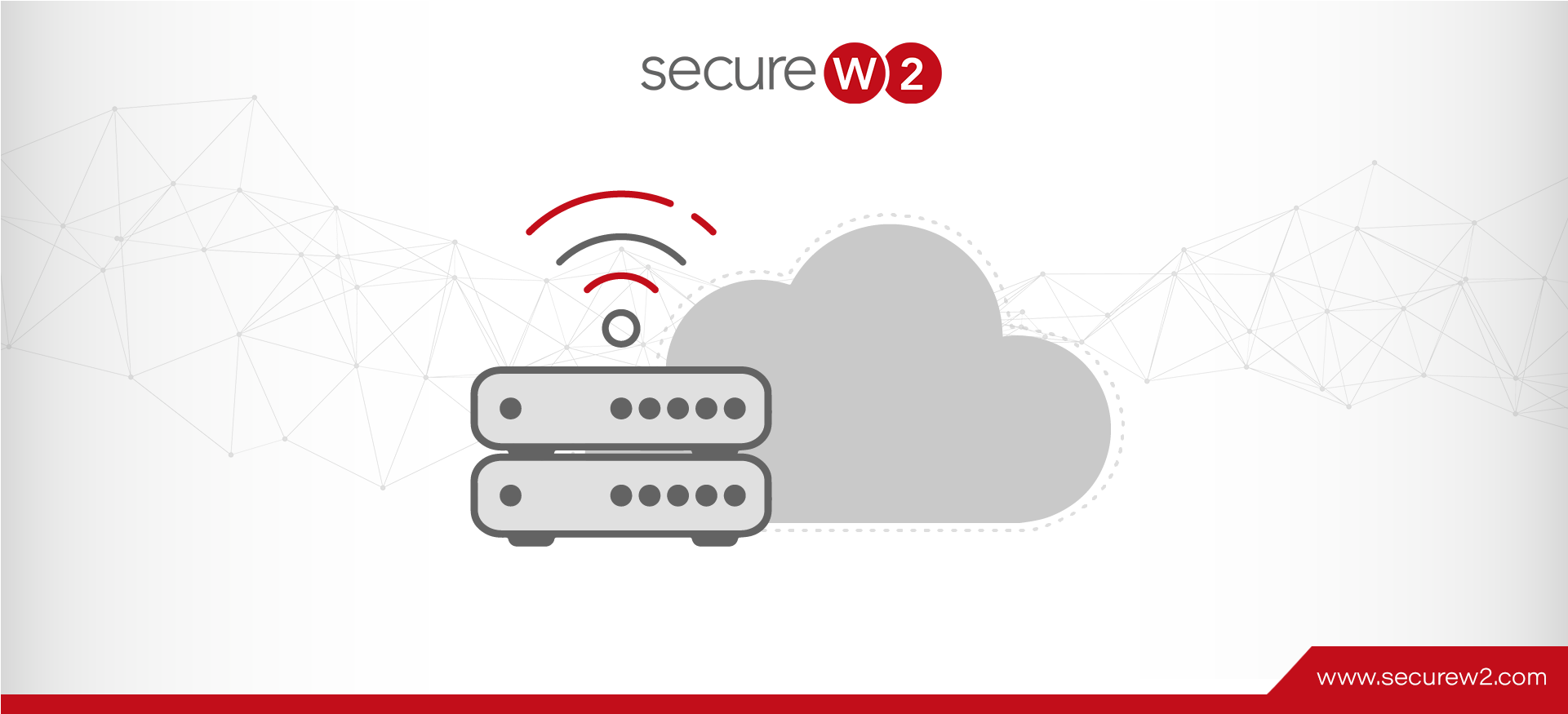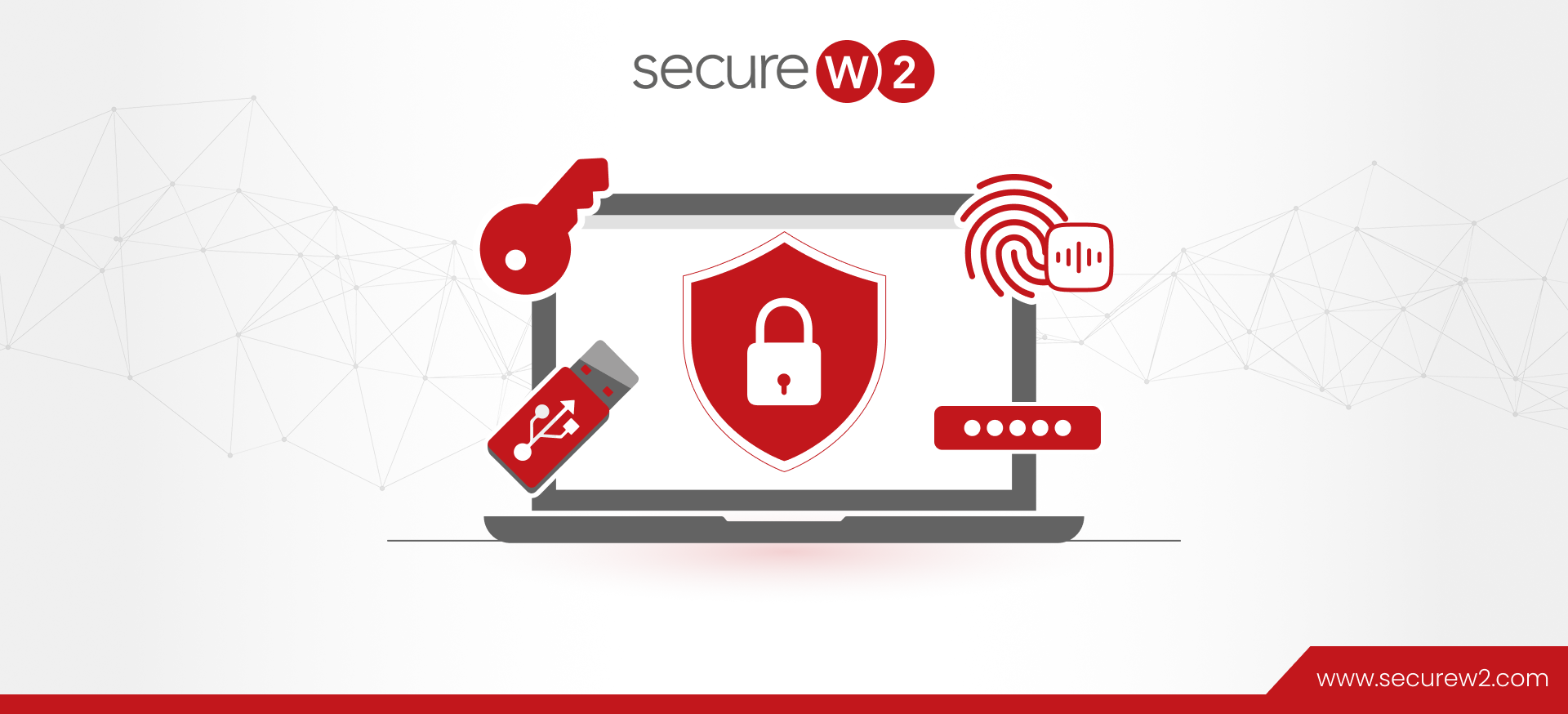What Are the EAP Method Requirements For WPA3-Enterprise?
The only EAP method allowed in WPA3-Enterprise 192-bit mode is EAP-TLS, which uses X.509 certificates for client and server-side authentication. No other EAP authentication types are permitted, since they lack the cryptographic strength or mutual authentication required for the same. ... Read More

